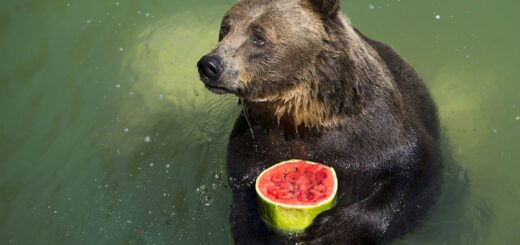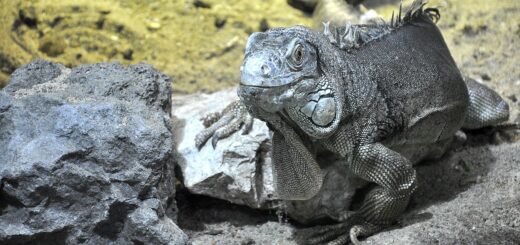Bovine blood harvest for vampire bats (Desmodus rotundus) without the use of anticoagulants
Citation
Rose M, Ullmer C, Pace C, and Ardente A. 2023. Bovine blood harvest for vampire bats (Desmodus rotundus) without the use of anticoagulants. In Brooks M, Fidgett A, Kendrick E, Treiber K Eds. Proceedings of the Fifteenth Conference on Zoo and Wildlife Nutrition, Zoo and Wildlife Nutrition Foundation and AZA Nutrition Advisory Group, Hybrid.
Abstract
A new protocol was adopted by the Texas State Aquarium (TSA) to harvest bovine blood from a local meat processing facility to feed their 20-member colony of vampire bats (Desmodus rotundus). Vampire bats are sanguivorous; the only diet item they will consume is blood. Historically, TSA has purchased four quarts of anticoagulant-treated bovine blood per week that is then shipped to the aquarium overnight on ice. This practice costs nearly $200 per week, or over $10,000 annually. The new protocol allows for fresh blood to be procured from a local business without the use of anticoagulants (Toddes & Henry, 2013). This community building relationship operates under the agreement of acquiring approximately five quarts of blood per week in exchange for a number of aquarium memberships and/or tickets, which, in turn, will increase attendance at the aquarium. This partnership ensures a fresh diet for the bats and relieves the logistical challenges, costs, and fuel usage associated with shipping and handling blood on ice. Having a local source of bovine blood is significant since D. rotundus requires fresh blood on a daily basis and lacks the capability to create fat stores to reserve energy (Breidenstein, 1982). In times of emergencies, it is imperative to have more than one available source for diet items for animals kept in human care. The metabolic rate for these small mammals is so high that D. rotundus can die of starvation in as little as three to four days (Breidenstein, 1982). The blood harvesting process, involving simple tools that can be obtained from a hardware store, minimal man-hours, and a straight-forward method, has proven to be efficient and cost-effective. Sourcing diet items locally for animals in a zoo/aquarium setting is a more sustainable practice, and the new protocol should be considered for wider adoption within the field.
 27_Rose.pdf 16 KB
27_Rose.pdf 16 KB








